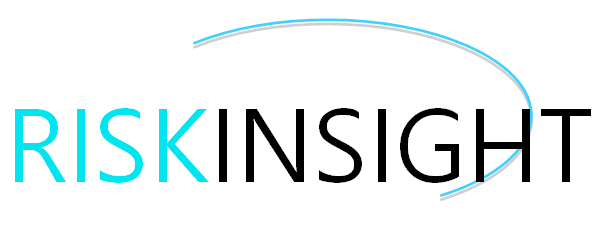Quantitative Risk Analysis for projects
- By florian.glinserer
- •
- 11 Dec, 2017
- •
In my view, Quantitative Risk Analysis (or QRA, as it is often abbreviated to) can be a valuable part of managing project risk - as long as some key elements are in place:
1. The team needs to have an open, challenging culture
2. People need to see QRA as one of many lenses through which to understand and address risk and uncertainty - it cannot predict the future for you, what it can do is provide you with a statistical review
3. The team needs time to work through some details, to provide meaningful data, with assumptions, to run a good QRA
QRA reviews differ, depending on what precisely you are looking to achieve.
Here are some points that I have found useful in conducting a QRA based on building up a model of possible cost / schedule outcomes (this is an overview - specifics can differ depending on the situation / requirement):
1. Get the right people in a room to talk through the key risks, and the "ranges of outcomes" (often called best / likely / worst) that you agree for these key risks (be they commercial outcomes or time / schedule outcomes)
2. Ask people about the level of confidence they have towards their "ranges of outcomes"
3. Build up a model based on what you have listened to and asked about
4. Run an analysis and present findings to the team
5. Look at the overall outputs and the most sensitive data sets; think through alternative scenarios and whether, if you change something in your model, it would bring worthwhile benefits
6. Agree changes to the model and run the QRA again to review the effect of your alterations
7. Determine actions and a way forward
8. Monitor the success of your actions, track benefits, and change direction if and when you have to
As a different example, QRA in the petrochemical industry for safety can take a different form. Such a QRA may be required as part of a Safety Case. A QRA in this context analyses the impacts (or consequences) and likelihoods of a range of possible material events. The analysis is based on modelling e.g. looking at the blast overpressure and heat flux impact of the material unwanted event (MUE) on people and structures, and quantify likelihood using equipment and system failure rate data. Deliverables from this type of QRA may include a risk contour map, showing for example the level of fatality risk on a plan of the facility and surrounding areas. This can help with demonstrating compliance of a facility within tolerable risk guidelines.
Don't carry out a QRA exercise just because your client says you have to, or because it is a "tick in the box" exercise as part of preparing a project bid - there's no point doing it just so you can provide a client or your management with a report, if you don't act upon anything afterwards.
I use some particular tools for conducting QRA - Palisade's @RISK tool for number-based QRA and Barbecana's Full Monte tool specifically for schedule QRA - which work well. They are flexible tools that can be easily used during team reviews and subsequent in-depth analysis.
I have more detailed papers and slide decks about certain aspects of QRA. Contact me on LinkedIn or by email if you would like more information.
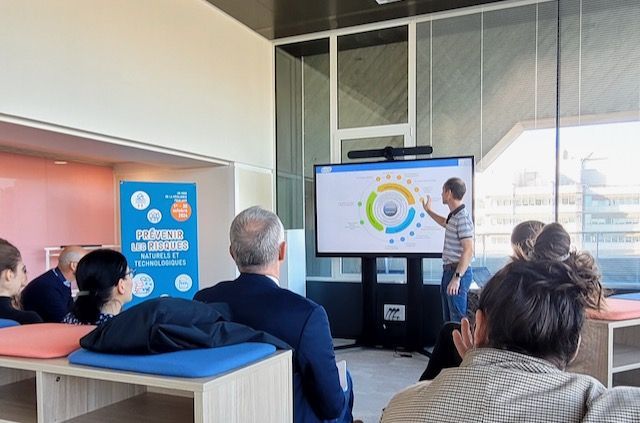
We held very interesting in-person discussions about how my Urban 2.0 framework and system can be used by cities and towns around the world, and also the release of the UNDRR Global Assessment Report, Special Report 2024, which I was delighted to contribute towards.
The municipality of Bordeaux is continuing to pursue some excellent work in urban resilience, which I will be profiling in due course...

Almost half of Small Island Developing States' (SIDS) populations reside in urban areas. Research into urban resilience and urban planning tends to focus on cities in large nations, and only a relatively small amount of specific research on SIDS cities currently exists. However, much of the general urban resilience research is applicable to SIDS, as long as context is considered.
This paper focuses on ways to implement measures that will foster resilient and dynamic cities in SIDS. Ensuring good policy action to build, maintain and continuously improve these cities is key to achieving sustainable development and resilient prosperity as set out in the Outcome Document of the Fourth International Conference for Small Island Developing States (SIDS4).
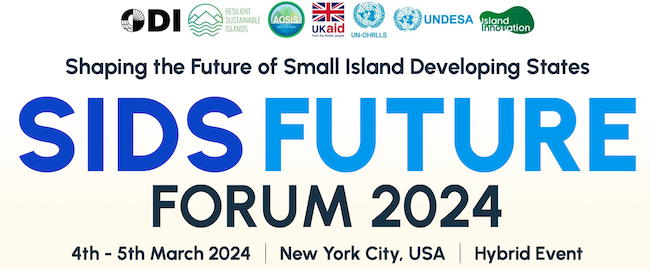
With growing challenges like climate change, debt burdens, and dwindling resources, they desperately need an actionable, doable, and ambitious roadmap for the next decade. 2024 is an important year for SIDS, with the SIDS4 conferencetaking place in May.
You can access details about the Forum on the Island Innovation website, here.

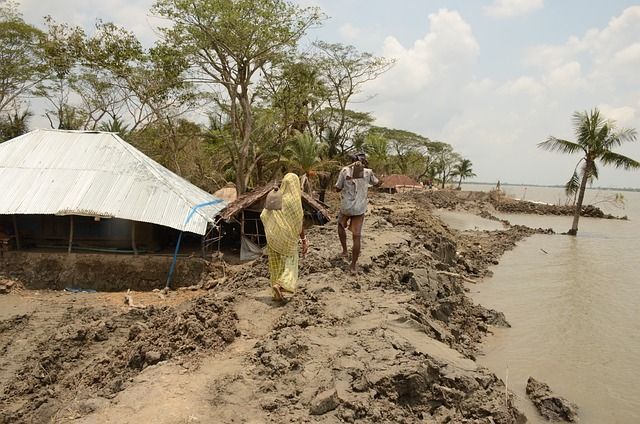
You can read edition #1 here. This first edition is an introduction to our work, containing a summary of some of the work we are undertaking, links to case studies and interviews with people about different aspects of avoiding disasters.


We held a very interesting in-person round table discussion with citizens about how disasters can be avoided.
The municipality of Bordeaux is pursuing some excellent resilience work, which I will be profiling in due course...

We reviewed approaches being taken to prevent hazards from turning into disasters, including examples and how innovation is helping countries, cities and communities prevent adverse fallouts from hazard events.
You can access the webinar and download all presentations here.

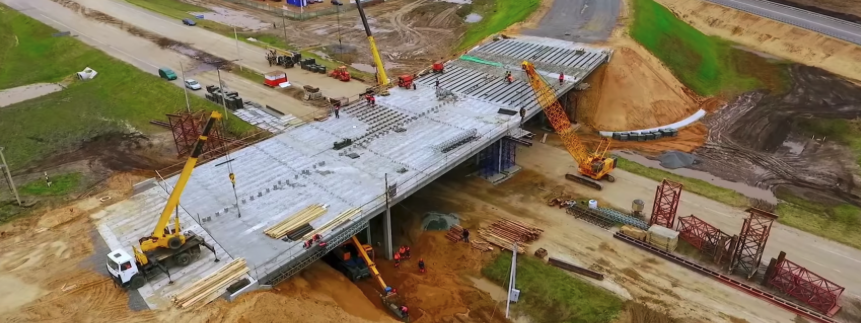
The December 2022 edition, which covers a wide variety of infrastructure-related topics, is available here...
